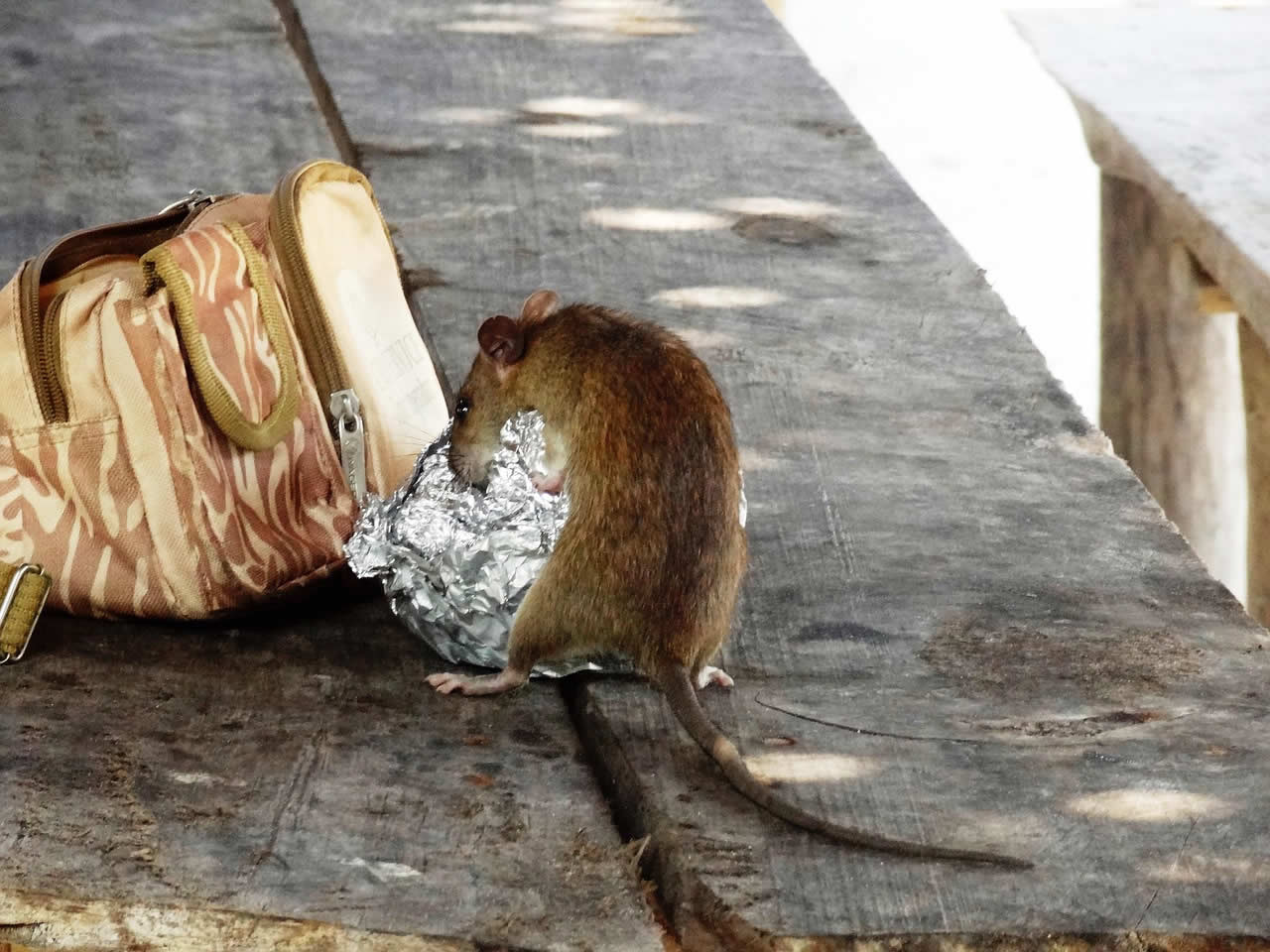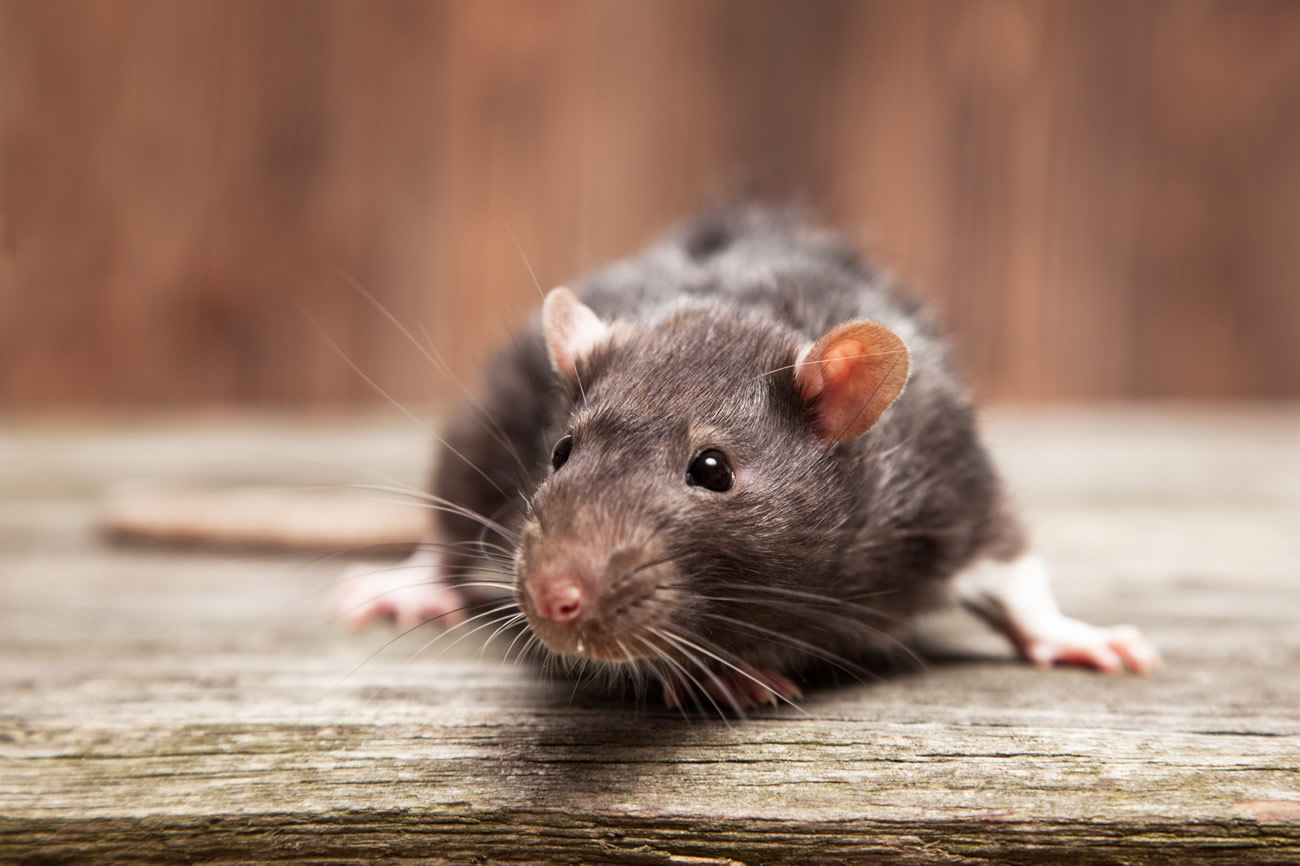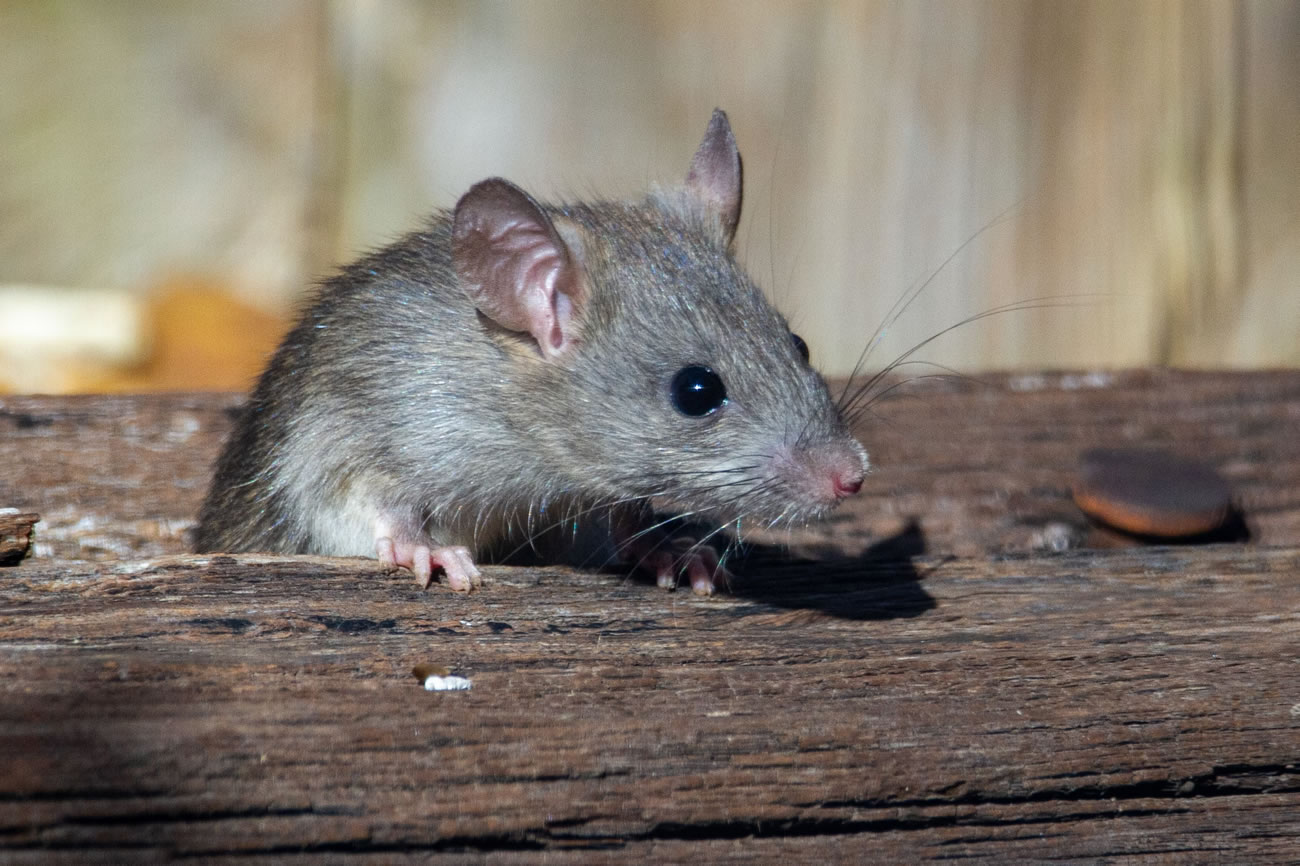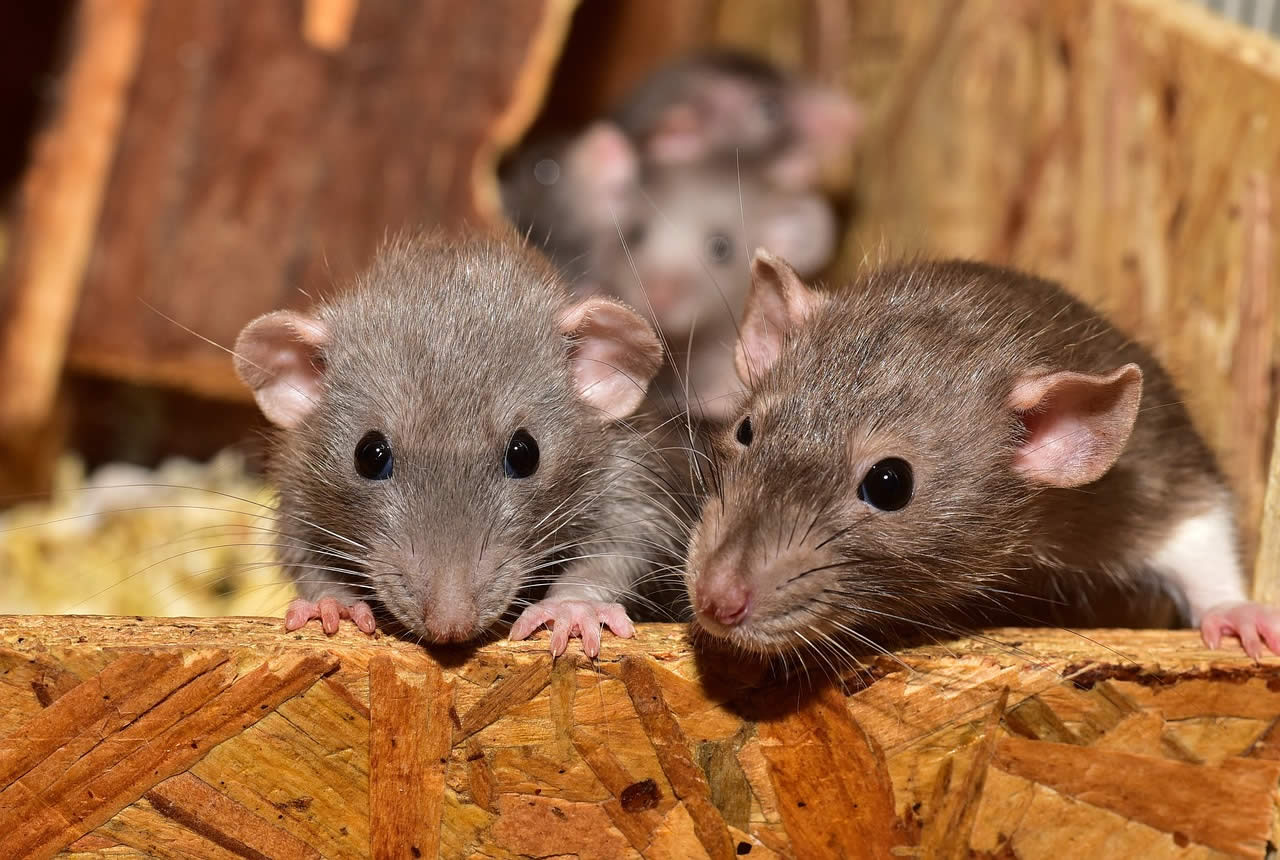When you think of rats, you probably picture them squeezing through tiny gaps or darting behind furniture. But there’s one thing you might not realise – rats are amazing jumpers. They’re quick, flexible, and surprisingly athletic. Whether you’re thinking about keeping rats as pets or just want to make sure they stay out of your home, it helps to know how far and how high they can leap.
Let’s take a closer look at how they move, what drives them to jump, and what that means for you.
Table of Contents
ToggleThe Basics of Rat Jumping
Rats aren’t just fast on their feet – they’re also built to jump. Their bodies are light but strong, and their back legs are full of muscle. This lets them push off the ground with real power. Most rats can jump around 3 feet (just under 1 metre) straight up, and up to 4 feet (around 1.2 metres) across. That’s pretty impressive for something so small.
These jumping skills come in handy, whether they’re living in the wild or exploring your home. Rats can get through tight spaces, climb up walls, and leap from one surface to another without much effort.
It’s this agility that makes them hard to catch and even harder to keep out once they’ve made their way inside.
Why Do Rats Jump?
Rats don’t just jump for fun – though they do enjoy it. They usually jump when they need to:
- Explore: Rats are curious. If there’s something new in their space, they’ll want to check it out. That often means jumping to reach shelves, boxes, or gaps.
- Escape: If they feel threatened, rats won’t hang about. They’ll jump to get away quickly, whether from a loud noise, a predator, or a person.
- Play: If you’ve got pet rats, you’ll know how playful they can be. They love to run, climb, and yes – jump. It’s a big part of how they stay active and alert.
Knowing why they jump can help you give your pet rats the right setup, or stop wild ones from turning your home into their playground.
How Do Rats Jump?
If you watch a rat just before it jumps, you’ll notice a pattern. It might stand on its back legs, bob its head, and take a moment to size up the gap. That’s how it works out whether the jump is worth the risk. Rats aren’t reckless – they want to land safely, and they’ll only jump if they think they can manage it.
They use their front paws to catch themselves as they land. Then the back legs follow, keeping the movement smooth and quick. It might not seem graceful, but it’s effective – and that’s what matters when you’re a prey animal.
Their sense of balance is strong, and their coordination keeps them from falling, even when they’re jumping between narrow spots or tricky surfaces.
What Affects How Well Rats Jump?
Not all rats jump the same way. A few different things can make a difference:
- Species: Some rats are just better jumpers than others. Black rats, for example, are slimmer and more agile than brown rats, so they’re more likely to jump further and higher.
- Age and Health: Young rats are usually more active and stronger than older ones. If a rat’s unwell or getting on in years, it might not be able to jump as well.
- Weight: Heavier rats won’t always get the same height or distance. That doesn’t mean they can’t jump – just that they’ll need more effort to do it.
You’ll notice these differences if you’ve got more than one rat, or if you’ve had them for a while. As they age or if they gain weight, they might stop jumping as often.
How Do Rats Compare to Other Rodents?
It’s not just rats that can jump. If you’ve ever seen a squirrel bounce from tree to tree, you’ll know what real agility looks like. So how do rats measure up?
Rats vs. Mice
Mice are lighter than rats and can jump straight up about 13 inches (around 33cm). That’s not bad for their size, but rats can usually go further thanks to their stronger legs.
Rats vs. Squirrels
Squirrels are in a different league. They can jump up to 5 feet high (1.5 metres) and 10 feet across (3 metres). That said, rats are still impressive. What they lack in raw height, they make up for in their ability to squeeze through tight spaces and move smoothly across tricky ground.
So while rats might not be the top jumpers in the rodent world, they still hold their own – especially when you take their size into account.
How to Keep Pet Rats Safe
If you’ve got pet rats, it’s important to set up their space so they can jump and play without getting hurt or escaping. Here’s what you can do:
- Choose the Right Cage: Go for something with high walls – ideally around 3 feet tall. Smooth sides help stop them climbing up and over. Avoid cages with big gaps, especially at the top.
- Watch for Hazards: Look out for wires, sharp objects, or anything your rats could fall onto or get stuck in. Rats will jump onto just about anything if it looks interesting.
- Add Enrichment: Give them things to jump on and explore – ramps, tunnels, ledges, or platforms. This keeps them active and stops them from getting bored.
The more you understand what your rats like to do, the better you can shape their home to suit them.
Watching Rats Jump
One of the best parts about having rats is seeing them enjoy themselves. You’ll notice how quick and clever they are when they’re out and about. Some will jump between shelves, bounce onto cushions, or climb along your furniture without missing a beat.
When you see a rat jump, you’re looking at something that’s part instinct, part curiosity, and part joy. They’re not just moving – they’re showing off what they’re capable of.
But it’s still important to supervise them, especially if they’re outside their cage. A fall or a bad landing could lead to an injury.
Activities That Help Rats Jump
If you want to make playtime more exciting – and safer – for your rats, try adding some challenges into their routine. Here are a couple of simple ideas:
- Obstacle Courses: Use boxes, cushions, books, or small bits of furniture to make a course your rats can climb and jump through. Change it up now and then to keep them interested.
- Interactive Toys: Look for toys that move or make noise. Some rats will even play with small balls or toys with bells. These get them moving – and jumping – while keeping their minds busy.
You don’t need anything fancy. Just a bit of creativity and some safe spaces for them to explore.
Myths About Rats and Jumping
You might’ve heard that rats can jump over any barrier – but that’s not quite true. They’re good jumpers, yes, but they still need a clear landing spot. If they can’t see where they’ll land, they’re much less likely to take the risk.
Rats also don’t see very well. They rely more on their whiskers, hearing, and sense of smell to move around. So if the gap looks too far or the landing isn’t obvious, they’ll often look for another route.
They’re cautious animals, even when they’re playful.
Keep Safety in Mind
Whether your rats are in a cage, on the sofa, or exploring the room, make sure they’ve got a safe setup. That means no open wires, no big drops, and no tight gaps where they could get stuck.
Rats are smart, but they’re not always careful. A moment’s distraction is all it takes for them to get into trouble. Keeping their space secure means they can jump and explore without putting themselves at risk.
Final Thoughts
So, how high can rats jump? On average, they can leap about 3 feet into the air and around 4 feet across. That’s a lot, especially when you remember how small they are. Their strong legs and flexible bodies make them great at getting around – whether they’re exploring a cage or trying to escape a tricky spot.
If you’re keeping rats as pets, knowing their abilities helps you give them a better life. And if you’re trying to stop wild rats from getting in, it shows you just how important it is to seal up gaps, fix fences, and stay alert.
Either way, understanding how rats jump gives you the upper hand. You’ll know what they can do, what drives them to move, and how to keep them safe – or keep them out.












